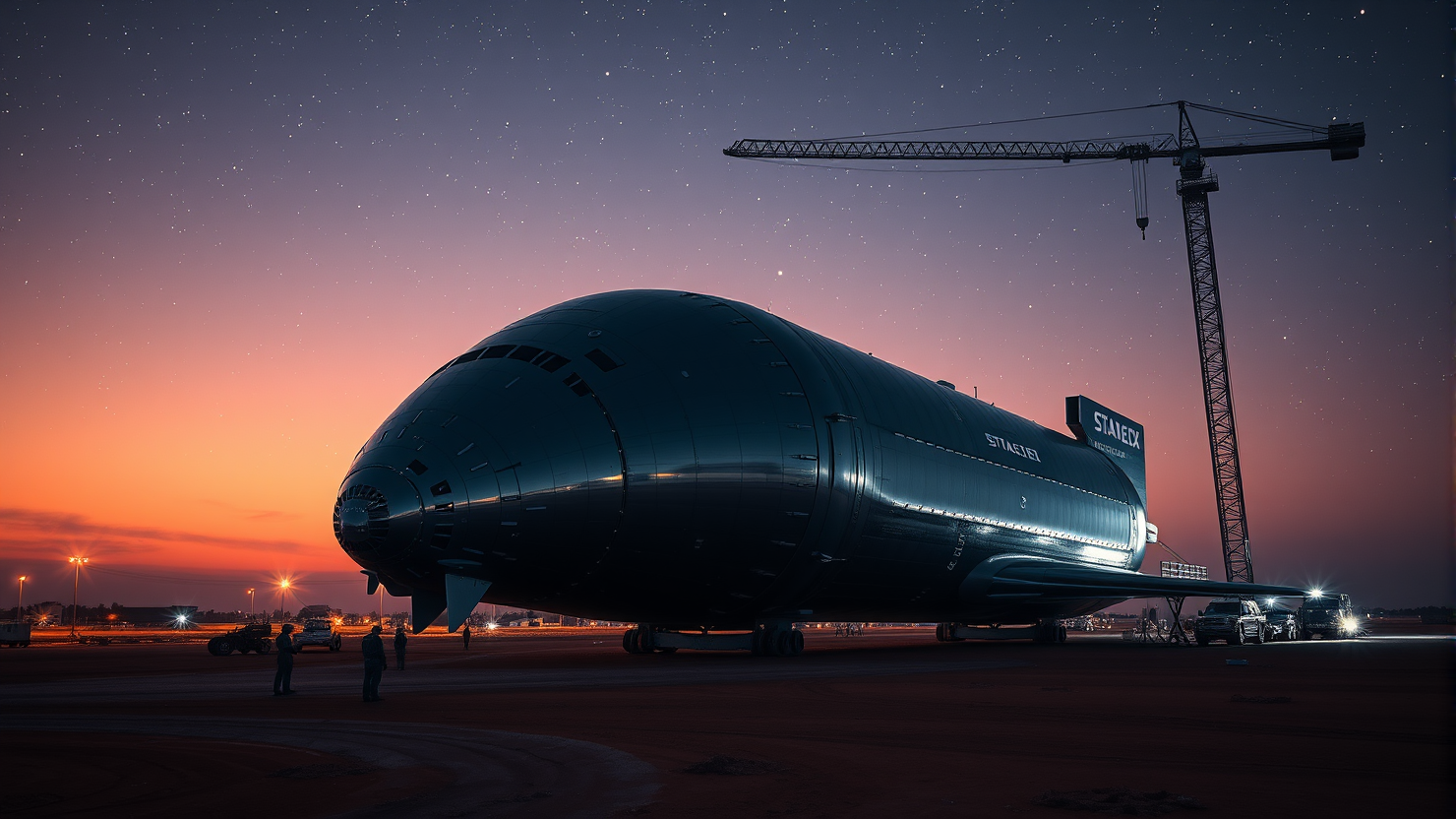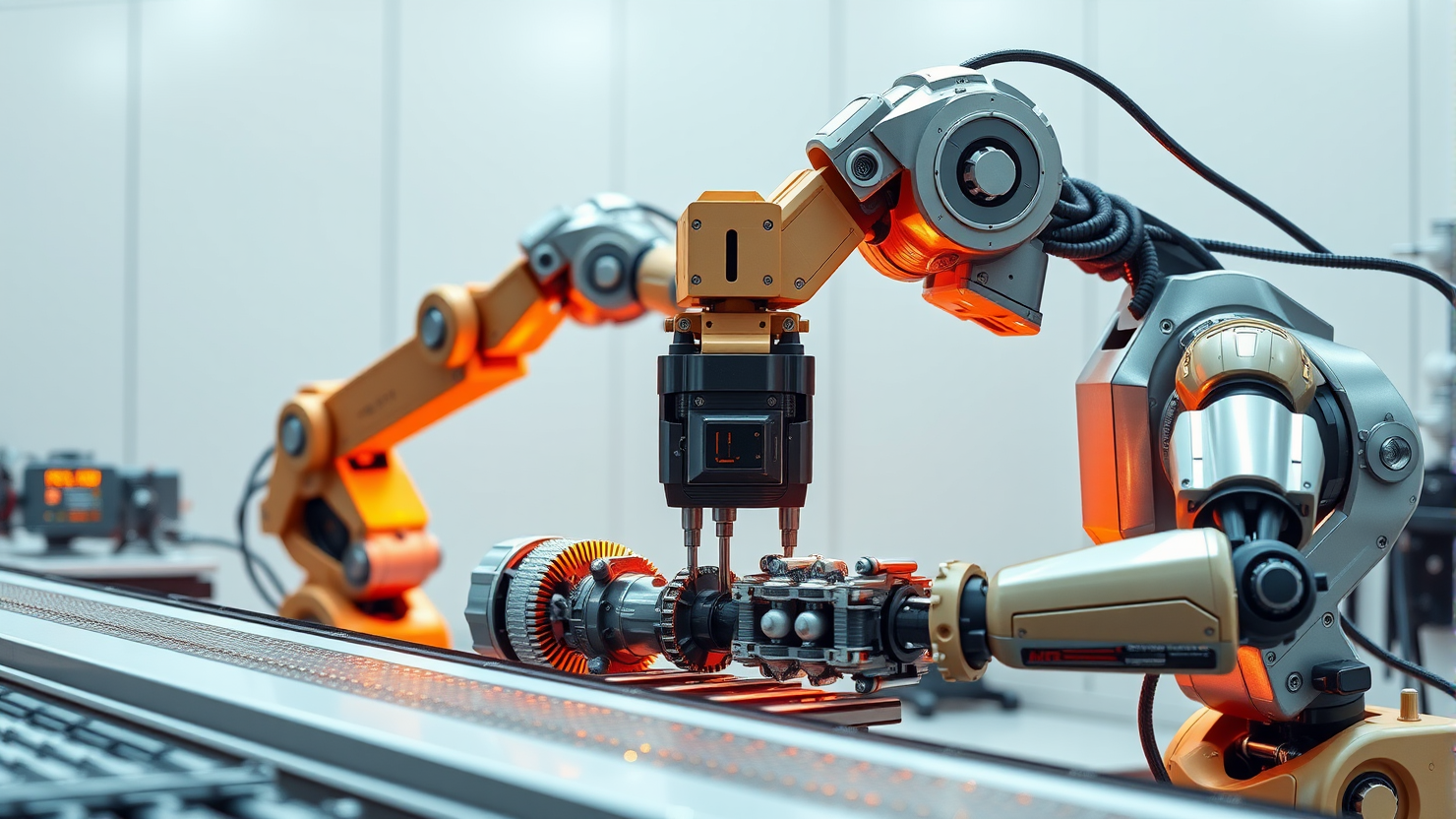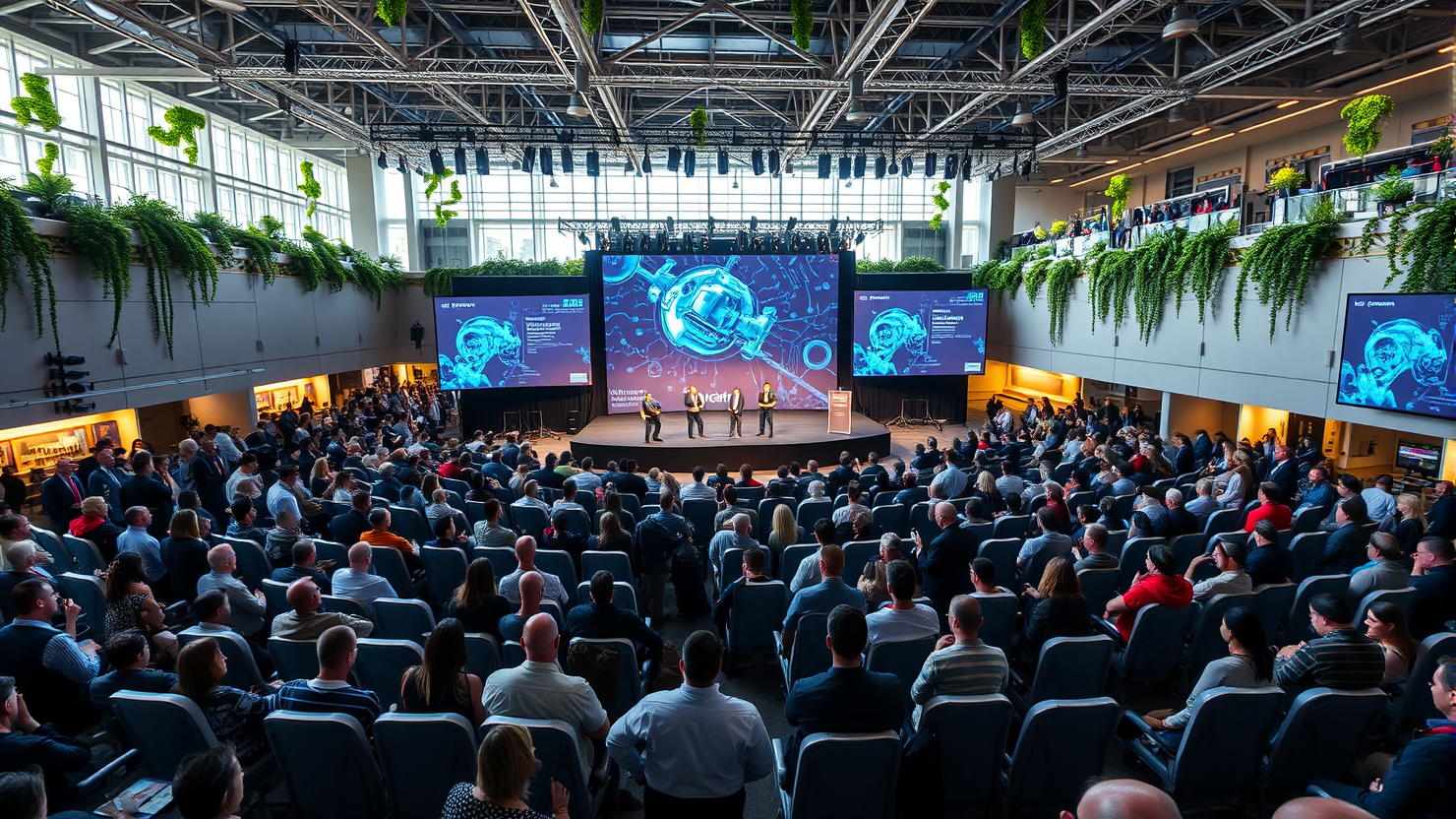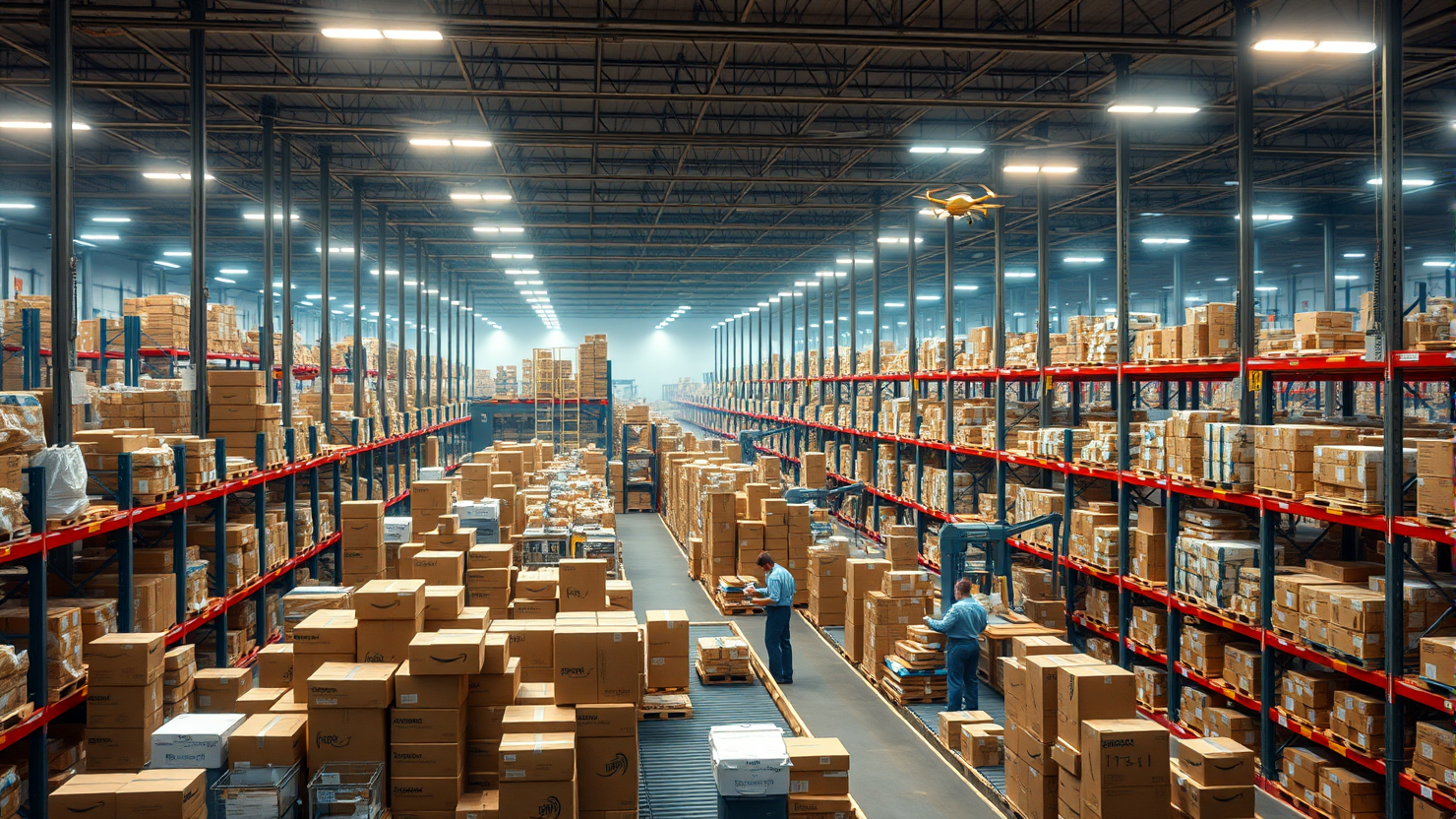SpaceX’s Injury Rates on Starbase Outpace Industry Peers Amidst Pursuit of Mars Moonshot

In an analysis of worker safety records, it has been determined that SpaceX’s Starbase facility in Texas exhibits a higher injury rate compared to its other manufacturing sites and industry peers. The Total Recordable Incident Rate (TRIR) at Starbase was 4.27 injuries per 100 workers in 2024, significantly exceeding the average for comparable space vehicle manufacturing outfits and the overall aerospace industry.
Starbase, home to SpaceX’s ambitious Starship program, has seen an injury rate persist since 2019, despite the company’s rapid progress in bringing the ultra-heavy-lift rocket online for satellite launches and other payloads. Injury rates alone do not offer a complete picture of the safety culture at Starbase but provide valuable insights into the working conditions within the global leader in space technology.
OSHA utilizes TRIR as a standardized metric to evaluate and compare a company’s safety record against its peers, such as Blue Origin and United Launch Alliance (ULA). The data has limitations, as it does not distinguish between minor injuries like stitches and more serious incidents, such as amputations.
Using the available data, and taking into account the total number of incidents and hours worked by employees at each site. Starbase, playing a pivotal role in SpaceX CEO Elon Musk’s mission to make life multi-planetary, emerged as an outlier within the company and across the industry.
In 2024, Starbase employed an average of 2,690 workers, with injured employees unable to perform their regular duties for a total of 3,558 restricted-duty days and 656 lost-time days where injuries resulted in complete work absence.
Starbase’s injury rate places it closer to levels observed three decades ago within the space vehicle manufacturing sector. Despite significant safety process improvements across the industry since 1994, Starbase’s injury rate remains notably higher. The overall TRIR for SpaceX’s manufacturing facilities is 2.28, with individual sites exhibiting varying rates that generally exceed industry averages.
SpaceX operates additional facilities beyond its manufacturing sites, including barge operations, offices, and launch sites. OSHA inspections at SpaceX facilities over the past four years have revealed six instances involving accidents and injuries at Starbase, encompassing a partial finger amputation in 2021 and a crane collapse in June 2025.
The high TRIR rate at Starbase raises concerns about safety issues that require attention, according to former OSHA Chief of Staff Debbie Berkowitz. However, some safety professionals debate the reliability of TRIR as a metric for assessing and predicting injury rates, particularly in the case of serious incidents like fatalities or for smaller companies.
NASA has a significant stake in Starship’s development, as the agency aims to use the rocket for human lunar expeditions by the end of this decade. The contract between NASA and SpaceX includes provisions enabling NASA to take action in the event of major safety breaches, such as fatalities or “willful” or “repeat” OSHA violations.
While a persistently high TRIR rate can indicate safety concerns, it does not automatically trigger specific actions and falls short of the definition of a “major breach of safety” in their contracts. NASA maintains close contact with SpaceX to ensure mission success and a healthy safety culture.






